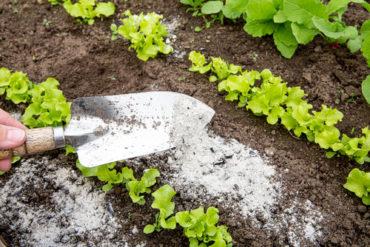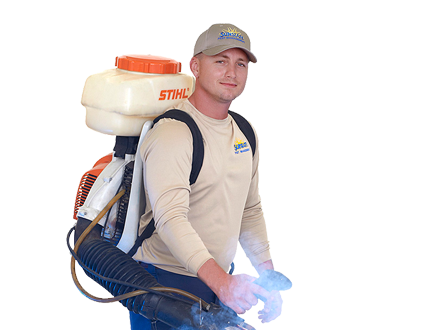

Pest management is the regulation of any living organism described as a pest that has adverse effects on humans, their activities, and possessions. Different types of organisms are classified as pests, including insects, worms, birds, locusts, weevils, weeds (plant pests), and rodents. Pests can either be found in an agricultural setting like the farm or in a home setting, reducing the availability, quality, and value of human resources.
Pest management is, therefore, a means to reduce pest numbers to an acceptable threshold. It is advisable to use an acceptable threshold (an economically justifiable control measure that reduces the pest numbers to a level below which additional applications would not be profitable.)
There are four proven significant pest control measures: biological, chemical, cultural, and physical.
The chemical pest management method entails using chemicals like insecticides, herbicides, and rodenticides to reduce their effects. The chemicals used affect pest abundance by acting as nerve toxins for the insects and have growth inhibition characteristics. They can also be broad-spectrum, meaning they are non-selective to the type of pests they affect, or narrow-spectrum for those that are selective to certain pests. Chemical pesticides are often toxic to non-target organisms, including the pest’s natural enemies, the environment, and can persist and be biomagnified in the food chain.
The biological pest control method involves using a pest’s natural enemies like predators, pathogens, parasitoids, and parasites to control pest abundance. This method is known for importing natural enemies, often from the pest’s area of origin, to control non-native pests. When using this method, it is essential to consider a few precautions before implementing importation actions to ensure imported organisms will not pose additional threats to non-target organisms.
The cultural method involves implementing human practices to modify the growing environment and reduce the prevalence of natural enemies. Such human practices include; crop rotation, intercropping, managed application of water and fertilizer, and sanitation, which is the removal of crop debris from farms. On the other hand, the physical pest control method is the mechanical removal of pests or the installation of physical barriers to keep the pests at bay. Manual removal methods include using animal traps, sticky cards for insects, handpicking, or spraying with a hose. Physical barriers that can be used include nets, fences, mulch, and tree trunk guards that can exclude pests and reduce the damage they inflict.
One of the most accepted and uprising process is the integrated pest management. This process considers the ecosystem as a whole and integrates a balanced mix of the four control methods to produce the most effective and least damaging plan. Therefore, the IPM method results in a sustainable system with less need for additional costs in follow-up maintenance.
